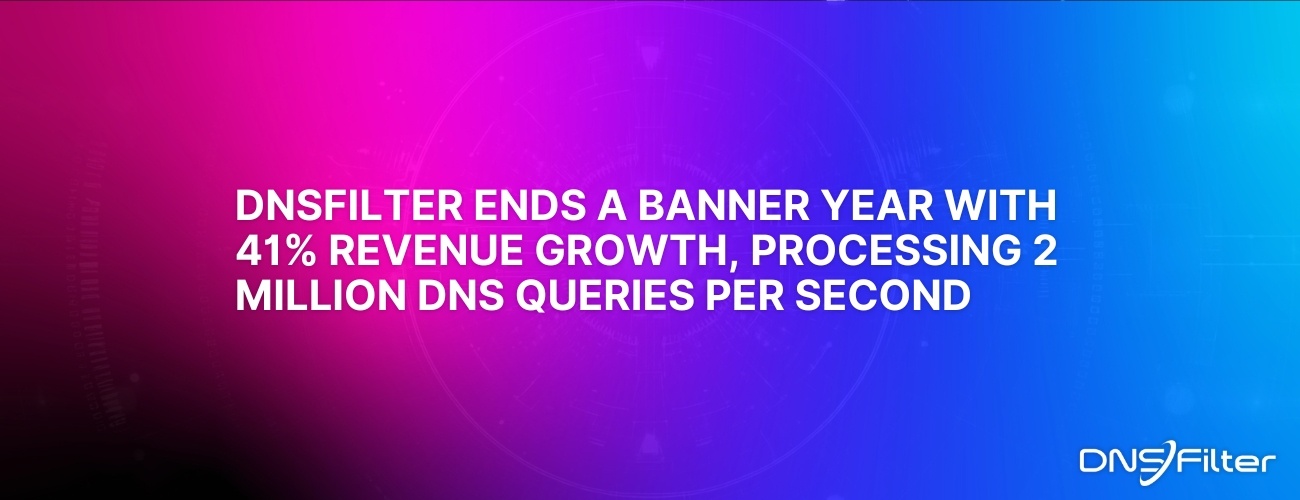by DNSFilter Team on Jul 7, 2022 12:00:00 AM
The domain name system (DNS), sometimes referred to as the “phone book of the internet,” is a fundamental component of our online lives. A product of the early digital age, its structure creates unique challenges to applying security upgrades, subsequently creating large security gaps in an integral layer of the internet itself. Peter Lowe, principal security researcher, DNSFilter, discusses navigating these challenges and overcoming the gaps.
These gaps allow for DNS poisoning attacks. Sometimes called “cache poisoning” attacks, they can take advantage of DNS vulnerabilities to devastating effect. Added security can mitigate these attacks, so why isn’t more being done?
The technology exists to secure the DNS layer of the internet, but the lack of public knowledge about this issue and the requirements to secure DNS prevents the industry from maintaining a safer internet. History has shown that the cyber security market has overcome similar challenges; we need to spark a lot more interest (and tease incentives) first.
 Part 2: TK Keanini featured in ITPro Today Cybersecurity Trends and Predictions 2025
Part 2: TK Keanini featured in ITPro Today Cybersecurity Trends and Predictions 2025
By 2025, zero trust will be the dominant architecture model, fully replacing outdated perimeter-based models. Security controls will focus increasingly on the workforce and workloads rather than just the workplace, leading to enhanced protection across diverse environments.
 Part 1: TK Keanini featured in ITPro Today Cybersecurity Trends and Predictions 2025
Part 1: TK Keanini featured in ITPro Today Cybersecurity Trends and Predictions 2025
By 2025, generative AI will be integrated into nearly every business and department, significantly boosting productivity. However, this will also introduce new security risks that organizations will need to address. Simply automating tasks won't be enough. A focus on secure automation and responsible AI practices will be essential. Additionally, creating cyber exploits will become easier, as the barrier to entry lowers. Individuals will need to t...
 DNSFilter Ends a Banner Year with 41% Revenue Growth, Processing 2 Million DNS Queries Per Second
DNSFilter Ends a Banner Year with 41% Revenue Growth, Processing 2 Million DNS Queries Per Second
The company enjoyed accolades, hiring success, and identified 7 billion threats in 2024